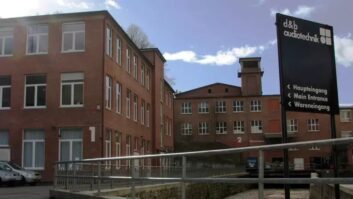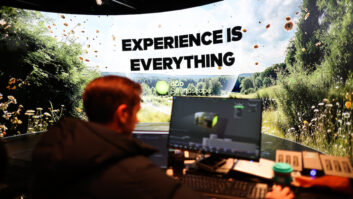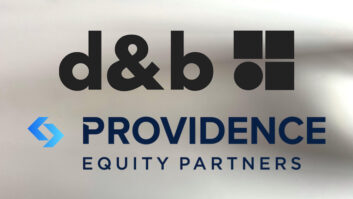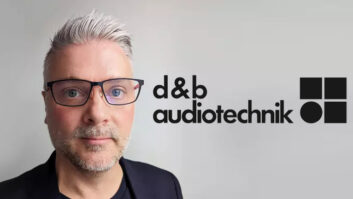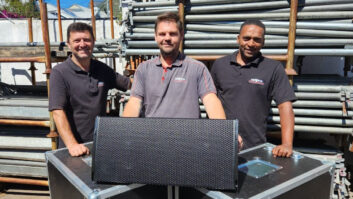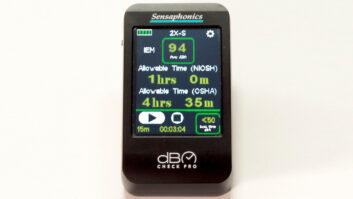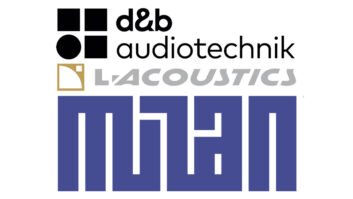Greg Carttar
Backers of the Branson Sports Entertainment Complex, a proposed 65,000-seat racing complex outside Branson, MO, recently appealed a condition placed upon them that would require the finished racetrack to not exceed 68 dB at nearby sound monitoring stations. A team of experts will present their findings to the Taney County Board of Adjustment in mid-January; in the meantime, Greg Carttar of regional audio provider 3rd St. R & D Production Services has weighed in, schooling all involved with a lengthy letter to the Branson Tri-LakesNews, in response to a recent article on the issue.
I spent most of my adult life providing concert sound services to major musical artists on tour in the U.S. and Canada, and I have a working knowledge of real-world sound levels, the perception of people who appreciate a particular sound, and of those who do not. I can assure you that someone who does not appreciate a sound cannot be satisfied no matter its actual loudness.
The sound level measurement demand placed on the proposed racetrack, a “sound level” of 68 decibels, is not a valid measurement as stated.
Carttar, who’s toured with the likes of Johnny Cash, the Statler Brothers and Steve Martin, goes on to explain acoustic measurement, breaking down a number of technical methodologies into terms that everyday readers can understand. Then the examples kick in:
What does 65db mean in real terms? It means that the racetrack is being required not to exceed a sound level that is 35db louder than a mosquito at 9.9 feet. How does that required sound level compare to some other things?
Most Branson shows run in the range of 88-98db, or 95db midpoint of about 30db louder than the racetrack. That is twice-twice-twice-twice-twice as loud as 65db. They would all be grossly in violation of this noise rule.
Traffic on a busy highway measures 80-90DBspl-a, depending on what kind of vehicles are passing. My 1999 GMC Yukon measures 66db-a idling, and 72db-a at 30 mph, so my car would be in violation of this rule going down the street.
……
Will noise restrictions imposed on the racetrack apply to any noise annoyance? The Airport? Fire truck sirens (98db minimum is a requirement)? Trash trucks? Fireworks are much louder. Should they be banned? The mating calls of tree frogs and cicadas at my house on a summer night are much louder than 65db. Who do I complain to about that?
The letter wraps up with Carttar running down aspects that the Taney County Board of Adjustment will have to weigh, ranging from the auditory to—judging from the punchline—the unspoken.
So, in order for this requirement to be valid and measurable, we require the following:
• Reference distance starting point.
• Reference temperature and wind conditions
• Frequency weighting (OSHA uses A-weighting and should be the regulatory reference)
• Time weighting (how long is the averaged measurement? A door slam or sneeze can corrupt short-sample measurements)
• Consistent and identical measurement distance from the source at all measurement locations, averaged.
• Background noise must be below the measurement objective of 65DBspl-a at all measurement locations at all times.
• Identical precision instruments must be used to take measurements, and they must record long-term averages.
• Measurements must be taken by neutral qualified practitioners.
Without these references, readings are meaningless.
Who pays for all this measurement and monitoring by qualified practitioners? Not the racetrack, they did not demand it. It falls on the objectors. Who evaluates, certifies, and enforces any violation?
It is much more complicated than this, but space is limited.
Who knows, maybe the objectors just want free tickets. Or maybe, just maybe, they don’t own a piece of it.
